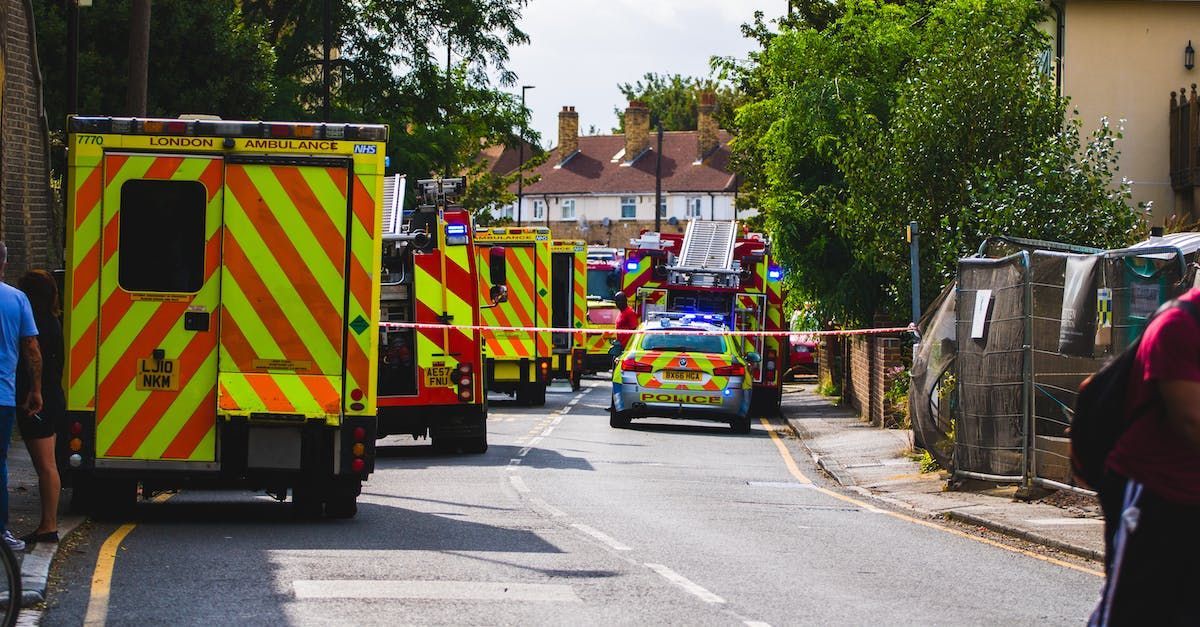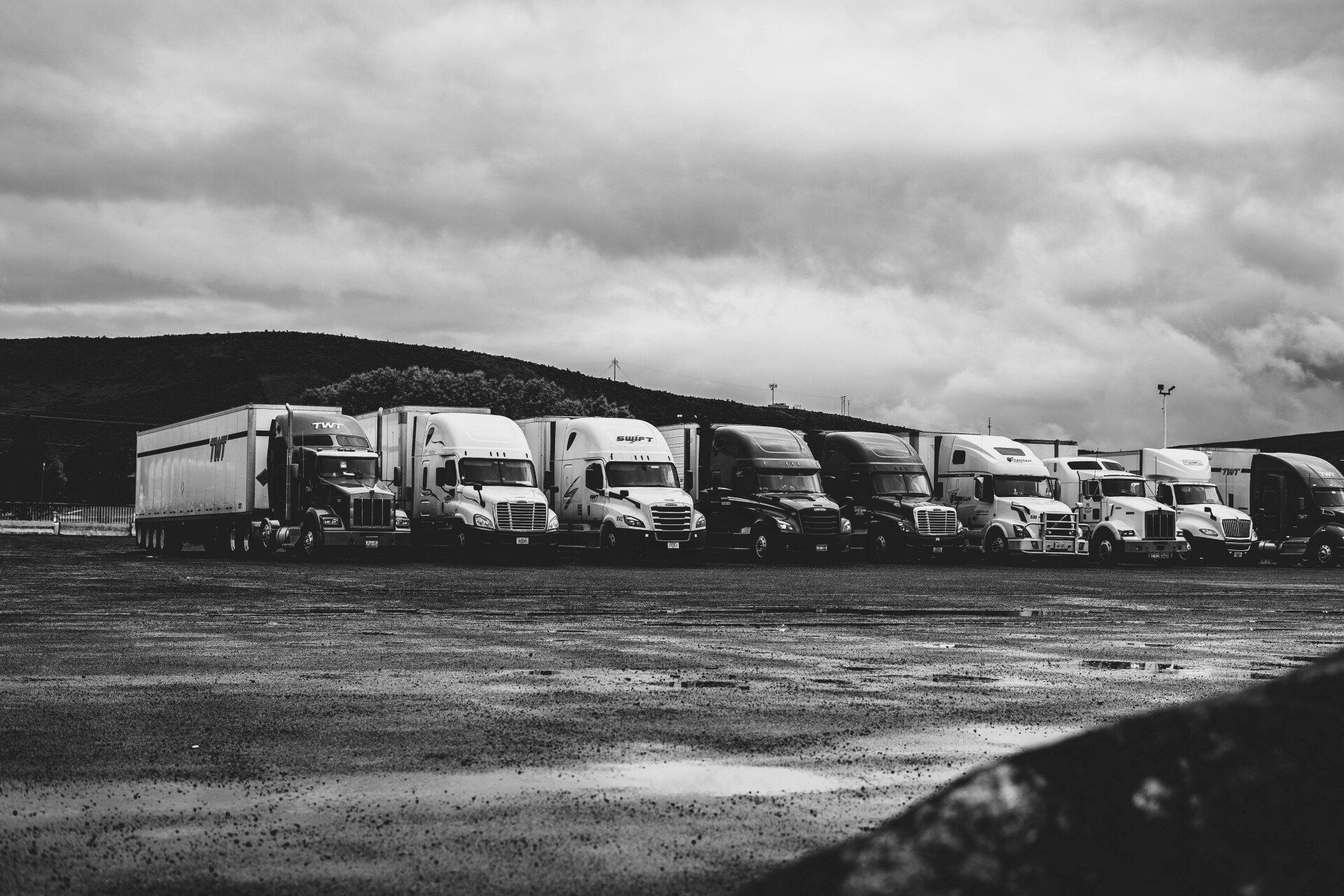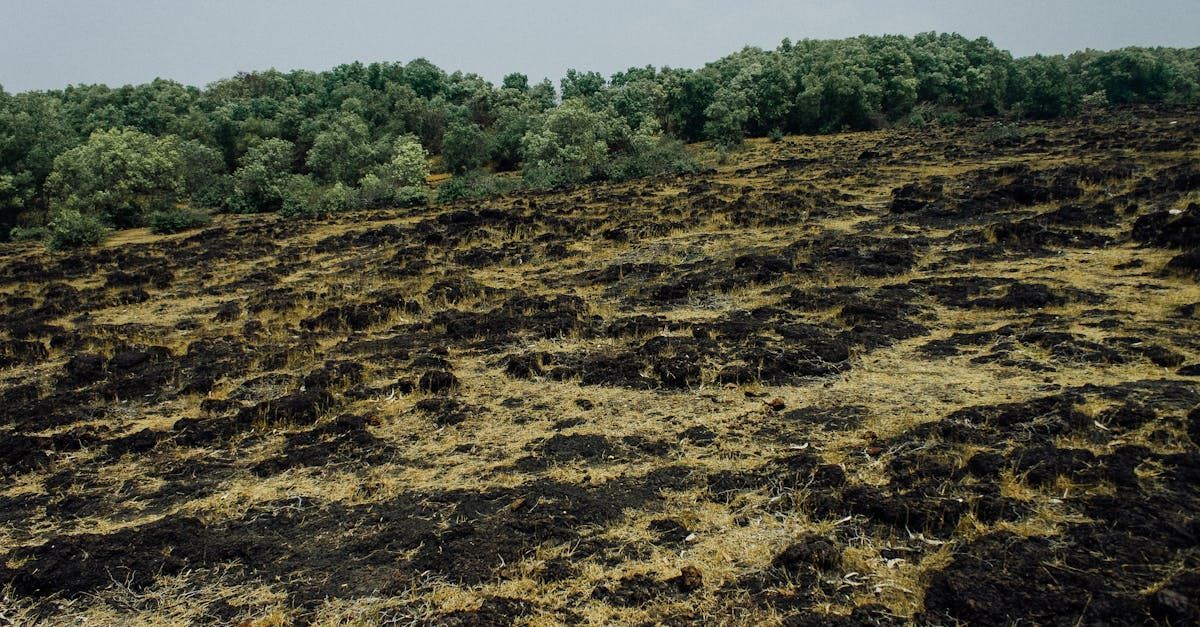Train Accidents and Resulting Injury Liability
Train crossings are an integral part of railway networks, facilitating the intersection of railway tracks and roads or pedestrian pathways. However, these crossings are also associated with several risks and have been the sites of numerous accidents involving both automobiles and pedestrians.
In the United States, the Federal Railroad Administration (FRA) is responsible for collecting and analyzing data on railroad safety, including train accidents. According to the FRA:
- The United States has approximately 140,000 miles of railroad tracks, and Alabama has approximately 3,600 miles of railroad tracks.
- In 2020, there were 1,889 collisions at highway-rail grade crossings in the United States, resulting in 203 fatalities and 697 injuries.
- Between 1981 and 2020, fatalities at highway-rail grade crossings decreased by approximately 60%.
- Trespassing on railway property is a significant concern, with hundreds of fatalities occurring each year. In 2020, there were 1,088 trespass casualties (fatalities and injuries) on railroad property in the United States.
The sheer magnitude of a train makes any collision with a vehicle or pedestrian catastrophic. A train, often weighing several thousand tons, carries an immense amount of momentum. Even when moving at relatively low speeds, it can take a train over a mile to come to a complete stop. This inertia makes it nearly impossible for a train to execute an emergency stop, thus placing anyone or anything in its path in grave danger. In contrast, cars and pedestrians do not stand a chance against the force exerted by a train in a collision.
One common scenario at train crossings is drivers trying to ‘beat’ the train, either due to impatience or misjudgment of the train’s speed and distance. This reckless behavior often results in collisions, causing not only damage to vehicles but also, more tragically, loss of lives. Similarly, pedestrians might ignore the warnings and try to cross the tracks when a train is approaching. Often absorbed in their thoughts or wearing headphones, they remain oblivious to the approaching train until it's too late.
Further, inadequate or malfunctioning warning systems at crossings also contribute to the dangers. Crossings should be equipped with appropriate signage, lighting, and barriers. However, not all crossings are maintained or updated to meet the necessary safety standards. In some cases, the failure of barrier arms or lights can lead to misinterpretation of the situation by drivers and pedestrians, who might assume it is safe to cross.
Environmental factors such as weather conditions can exacerbate the risks. For instance, fog, rain, or snow can impair visibility and make it difficult for drivers and pedestrians to see an approaching train. Similarly, icy or wet conditions can affect a vehicle’s ability to stop quickly or maneuver safely at a crossing.
The consequences of train crossing accidents are dire. Automobile occupants and pedestrians involved in these accidents often suffer severe injuries or fatalities. The sheer force of the impact can result in traumatic brain injuries, spinal cord injuries, fractures, and, in worst-case scenarios, death. Moreover, trains themselves may derail following a collision, posing a risk to the passengers on board and possibly causing environmental hazards if the train is carrying hazardous materials.
In light of these tragedies, the issue of train company liability in accidents at train crossings is a pertinent topic in personal injury law. In cases where the train company is found to have been negligent, they can be held liable for damages. Negligence might include inadequate maintenance of train crossings, failure to install or maintain proper warning systems, or not properly training the train’s crew.
For instance, if a train crossing’s warning lights and barriers were malfunctioning, and this led to an accident, the train company could be held liable for not ensuring the proper maintenance of these safety features. Similarly, if it is found that a train was traveling at an excessive speed for the conditions, or if the train operator was distracted or impaired, liability could fall on the train company.
However, it is essential to recognize that liability can also be shared. In some jurisdictions, the concept of comparative negligence is applied, where the fault is divided among the parties involved. For instance, if a driver ignored the warning signals and tried to rush across the tracks, they could be found partially or wholly at fault. Alabama is one of only a few states to follow the contributory negligence rules, which prohibit the recovery of damages if the injured party is even partially responsible for the accident.
Train crossings present a significant hazard to both automobiles and pedestrians. The combination of the trains' momentum, human behavior, inadequate warning systems, and environmental factors contribute to the potential for severe accidents. From the perspective of personal injury law, train companies may be held liable if negligence on their part contributed to or caused the accident. However, responsibility is often multifaceted, and an understanding of the specific circumstances is vital for ascertaining liability. To minimize the risks and tragic consequences associated with train crossings, it is imperative to focus on education, awareness, adherence to safety regulations, and diligent maintenance of crossing infrastructure.
MORE ALABAMA INJURY LAW NEWS






OUR LAW FIRM IS HERE TO HELP
Contact our Birmingham, Alabama Injury Lawyers Today for Legal Help
Have you or a family member recently been injured in an accident in Alabama? Contact Snable Stevenson & Silva for immediate legal assistance and advice. You may be able to pursue compensation for your medical bills, lost wages, and other expenses. Our qualified Alabama injury lawyers can help you fight to secure a full and fair award.
We offer a free case evaluation and consultation. Contact our law office in Birmingham, Alabama to schedule yours today. If you can’t come to us, we can arrange a time to visit you. Consultations can be arranged at the hospital, your home, or even your place of business. There’s a limited amount of time to act, so give us a call to get started today.
FREE CASE EVALUATION
GET STARTED
Thank you for submitting a request.
Our team will follow up with you as soon as possible.
There was an error sending your message.
Please try again later.
(800) 266-0877 • attorneys@snablestevenson.com
(205) 582-8000 • 2737 Highland Ave South, Birmingham, AL 35205
(901) 474-2900 • 1545 Union Ave, Memphis, TN 38104
This website is an advertisement for legal services. No representation is made that the quality of the legal services to be performed is greater than the quality of legal services performed by other lawyers. Use of this website signifies your agreement to the Terms of Use, Privacy Policy, and Form Disclaimer.
Snable Stevenson & Silva L.L.C.

